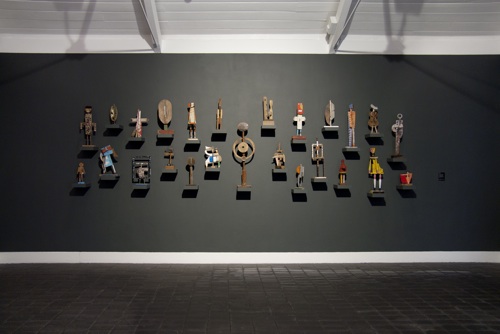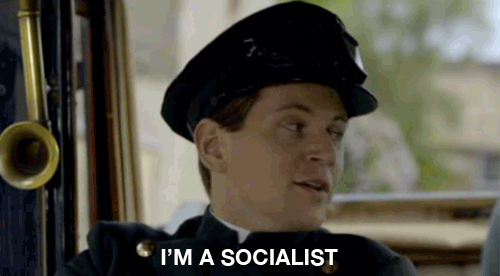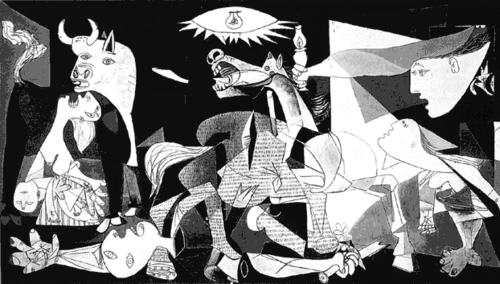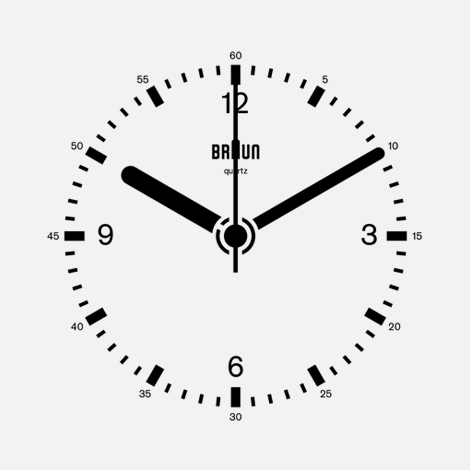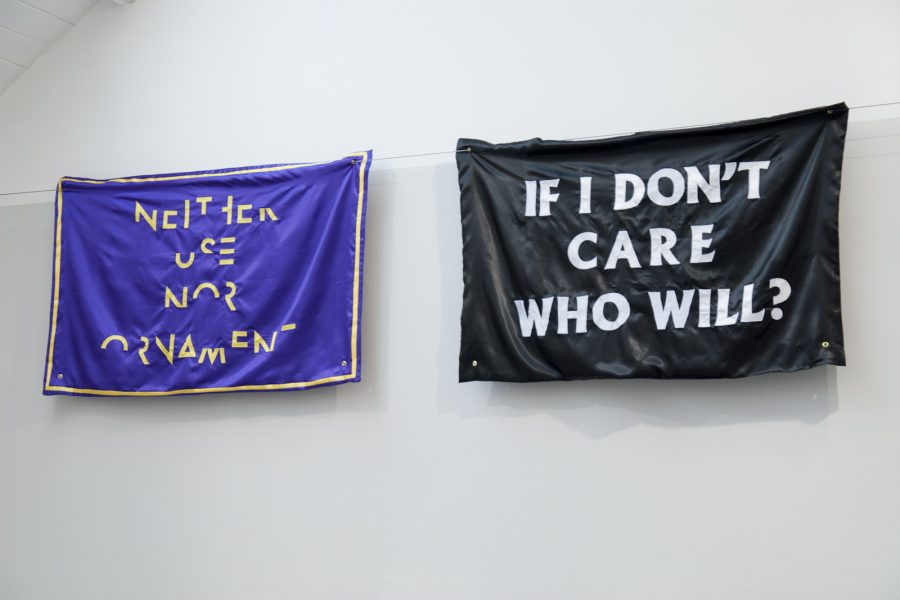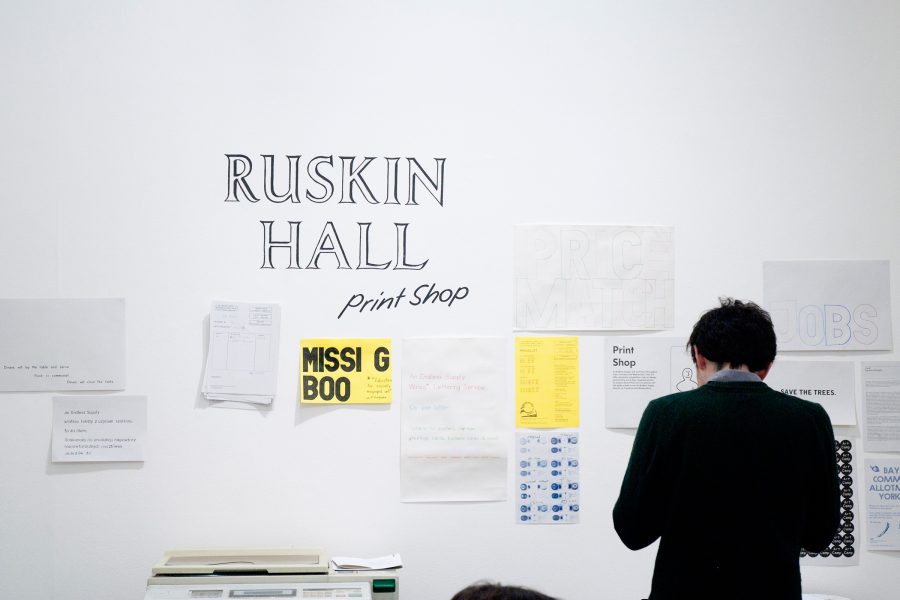What happens when designers make work that is free from a client, brief or fee?
Part 1
The following is a response to the above question posed by curator Nick Eagleton’s current (15 May – 23 June, 2013) Jerwood Visual Arts, Jerwood Space exhibition After Hours. It is also a gross simplification of the complexity of things that could be pulled apart and refuted by any mildly inquisitive, scantly read humanities undergrad. That said: a neat binary capturing the essential difference between artists and designers can be found in the socialist versus revolutionary model. It’s a framework I stole from the above animated reaction GIF. Positions are as follows: artists as revolutionaries, designers as socialists. The distinction is arrived at through a question of utility, its status as an integral feature of production and where one stands in relation to that idea. Here’s how it breaks down.
The conscientious contemporary artist, although firmly committed to provoking cultural, political, or cognitive change in the individual, or en-masse if lucky, makes objects and images with no inherent use value. In addition there are also no universally agreed features that allow the resulting useless creations to be qualitatively judged and assessed. However, what makes them identifiable as art is the recognition that they exist as such by a number of skilled, highly trained cultural workers (artists, critics, curators, collectors, academics, conservators etc.).
These arts professionals are capable of reading objects as if they were texts, and the importance of an object is largely determined by the complexity and elegance of its prose. Here, through the reading of the work, comes the transformative exchange, the eureka moment in which art is said to articulate something previously outside the viewers understanding; reveal a hitherto hidden reality; suture some immaterial rupture in the social fabric; or at the very least alter the viewers consciousness. The artwork, then, whether it’s Picasso’s Guernica or Goshka Macuga’s use of it’s replica, enacts and reaches towards a hands-free, nebulous and abstract revolution.
For the designer, a creative who makes something for something, utility is an inherent feature of production. Each work created to brief therefore fulfils a societal function by helping people to navigate or make sense of the world around them through an objects use. This makes for a more efficient, productive and ultimately democratic world – i.e. Dieter Rams designs a clock face that is easy to read, Jonathan Ive creates information technology hardware that is easy to use, Eileen Gray makes chairs that are comfortable to sit it. The designer is therefore a socialist, an individual concerned, via the brief, with the specific, everyday needs of men and women. At bottom, theirs is an imperative to make tools that can be used, that posses some utility and durability, and whose value and importance are assessed in relation to the fulfillment of those requirements.
So what happens when the utilitarian imperative is removed? What happens when a designer makes work that is free from a client, brief, or fee? The polarities shift. Temporarily the designer moves from a socialist to a revolutionary – an individual interested in abstraction and intellection as opposed to the concrete arena of rational choice, of means created to engender useful ends. The objects they make are removed from what Martin Heidegger would call the relational totality of equipment, design no longer dissolves in behaviour and things are freed from the necessity to be articulated through their function. They become useless objects that are difficult to qualitatively assess. They become texts to be read.
